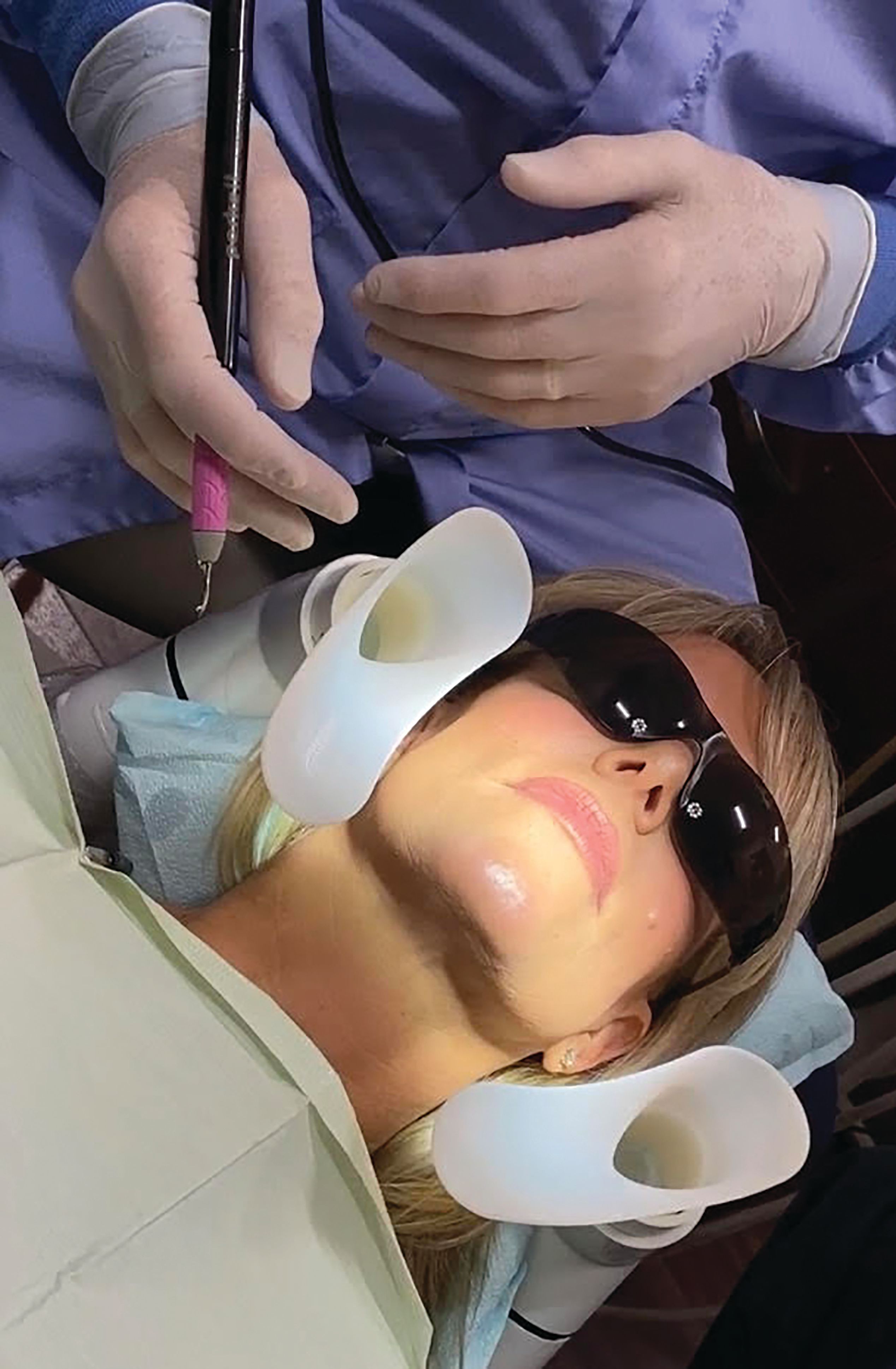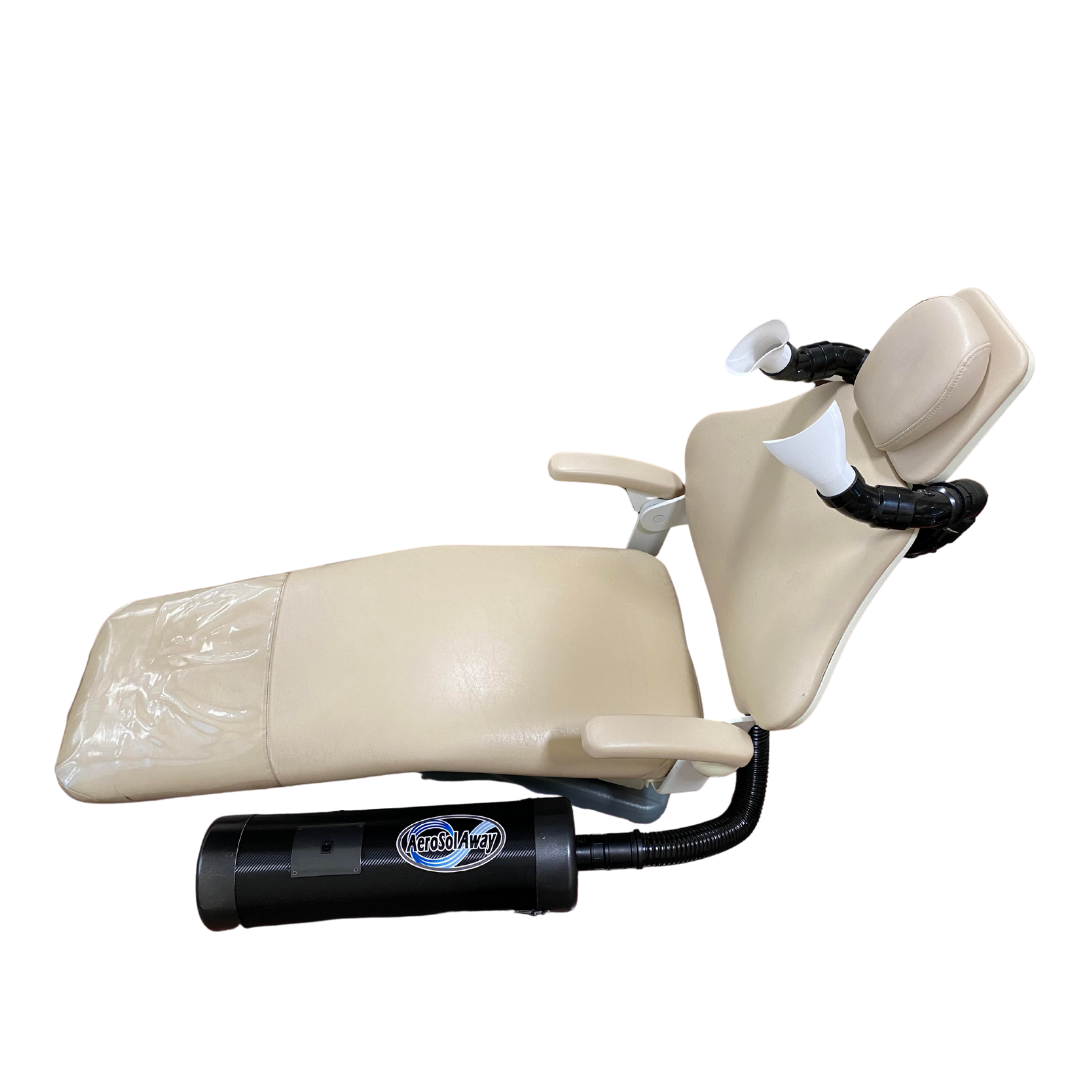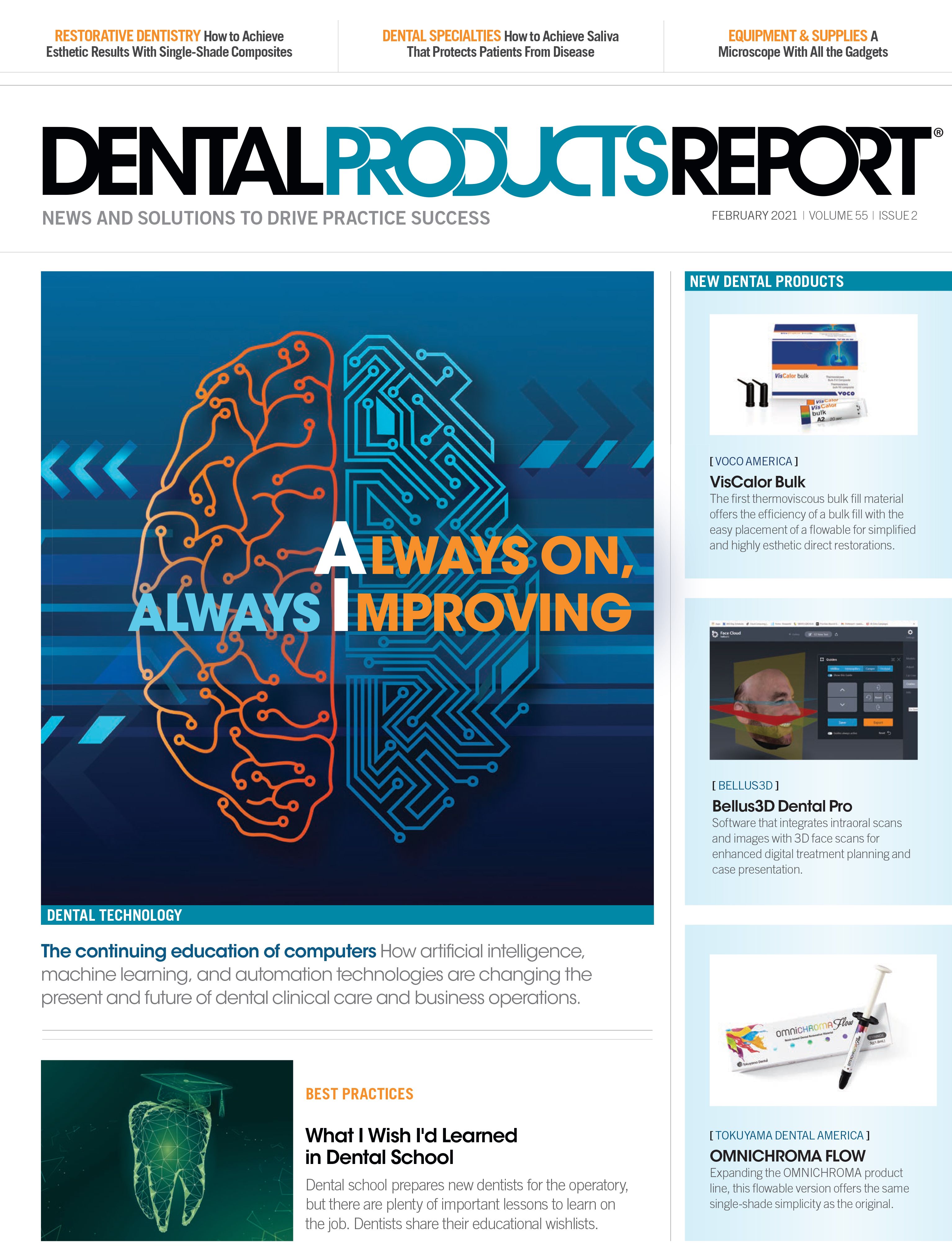The year 2020 shook us all up in more ways than we care to remember. The biggest shocker was the spread of coronavirus disease 2019 (COVID-19) throughout the world. It stopped businesses in their tracks, including dental practices.
Offices were shut down for 2 full months, with most only seeing emergency patients because of concerns about spreading the virus from aerosols generated during dental procedures. Finally, in April, the Centers for Disease Control and Prevention (CDC) and the California Dental Association (CDA) issued guidelines stating that to reopen safely, dental offices “must have a way to eliminate, reduce, or contain aerosols created during dental treatment.” This mandate spurred me to look for a solution to manage the aerosols generated in my operatories.
Finding nothing available that would fit in a dental treatment room and effectively remove aerosols, I went to work and invented a device to fit the needs of every dentist. First, it had to be attached to the dental chair instead of cluttering up the room. Second, it had to be available for use at all times, and third, it had to be able to remove the majority of aerosols generated during dental treatment.
I started by putting together vacuums and filters to verify that I could make something that worked. I pulled apart the central vacuum in my home and taped motors and filters into drainage boxes to see how much suction I could generate. After many versions (I am currently on the ninth working prototype and final design!) and much trial and error, my invention, now called AeroSol Away, began to take shape.
On April 19, 2020, I filed for and was given a provisional patent for my idea. Just over 1 month from the shutdown, I was well on my way to creating a stand-alone, chair-mounted aerosol reduction device to help protect not just myself but also my staff from potentially infective aerosols.
At this time, my hygiene team was still at home waiting for the CDA to say when it was OK to return to work. With both the CDC and CDA recommending avoiding procedures where aerosols were likely to be created, except in situations when it was absolutely necessary, my team members were (reluctantly) preparing to return to work and expected they would be performing hygiene with only hand scaling instruments. When they found every room outfitted with an early version of my new invention, they were thrilled. Now they could more safely treat patients without sacrificing the effective use of ultrasonic instruments. No more wet, drippy faces and, especially, no more aerosols.
AeroSol Away
- A stand-alone, dual-vacuum, negative pressure system mounted behind the operatory chair.
- It is designed to significantly reduce the aerosols, splatter, and droplets generated during treatment.
- Features dual custom-shaped negative pressure nozzles.
- The ergonomically designed Evacu-Caps surround a patient’s face to reportedly eliminate aerosols.
- The system includes a dual-vacuum motor with built-in muffler, all hoses and fittings, connectors for attaching to the chair back, and a HEPA filter cartridge replacement.
AeroSol Away
888-548-8448
aerosolaway.com
By July, I had refined AeroSol Away enough to warrant testing. I contacted the Medical University of South Carolina (MUSC) James B. Edwards College of Dental Medicine and shipped one of the early prototypes to the school for testing. The results were even better than I had hoped they would be. In an email regarding the results, Walter G. Renne, DMD, stated, “If you do the math on the data, you are reducing aerosols by 97% and 100% with HVE.” With the data confirming what I had already suspected, I was now confident that this was a device that should be standard in every dental operatory.
One of the most critical things about aerosol reduction is how close the vacuum is to the source. For example, our in-office HVE has a vacuum efficiency (capture velocity, Vc) of 285 ft/min at 0.5 inch but it loses efficiency very quickly. Most of the other types of aerosol reduction devices are 8 to 10 inches away from the oral cavity; thus, they are not very effective with a Vc of approximately 10 to 20 ft/min even if they are using more than 200 cubic ft/min (CFM) of suction power for removing aerosols. AeroSol Away has a very strong vacuum (> 100 CFM) and is positioned very close to the patient at just 1 to 2 inches from the oral cavity. This results in more than 3000 ft/min of effective vacuum power. This combination of being close and having strong suction provides a much higher reduction of aerosols and greater protection for doctors, hygienists, and dental staff.
Next came the hard work of turning this concept into a system that could be installed in any operatory. I set up a company, Aero-Sol-Away, LLC, and began the arduous process of obtaining the certifications necessary to sell my invention. Learning about what is involved in creating a business out of an idea involves way more than I had ever thought. There is the ISO 9001 certification for ensuring good manufacturing; fabricating a great, consistent product that works as designed; and TUV certification to make sure it is safe to operate. Obtaining these approvals takes lots of time and money.
I’ve been fortunate that even during the ongoing COVID-19 pandemic, the practice has been so busy that I have been able to support the system’s development and the certifications without help from outside investors, although that’s not from a lack of trying.
At the outset of my inventor/entrepreneur journey, I contacted several of the big dental manufacturers but did not successfully secure a partnership. Still, even without a partner, we have gone from idea to prototype to a great working model in under 1 year. I am currently working with my patent attorney to obtain a final patent, which I hope to have in the very near future.
Two of the most important things to me are keeping the manufacturing in the United States and keeping the price low enough for every dentist to have 1 system for each chair. As luck would have it, I found a metal fabrication firm in my hometown of Auburn, California. They helped redesign the housing to be even more functional and at a lower cost than using locally obtained off-the-shelf parts. The product is going to be very sleek-looking when it is done.
Having the housing fabricated out of light and strong aluminum makes the AeroSol Away appear sleeker and makes it a nicer addition to an operatory. We had to push back the release date a few weeks to accomplish this, but in the end, it will not only be supereffective, but will look awesome.
Although ensuring the system works as intended was my top priority, making sure the final product was accessible to any practice that wants one was almost as important, and I’m working to make sure the final price is as low as possible.
I am not out to make a fortune on my invention. It’s more important to protect doctors and staff from potentially harmful aerosols. I believe aerosol reduction devices should be mandatory, just like amalgam waste filters and sterilizers. Research backs up their effectiveness, and the chair-mounted AeroSol Away is designed to make this key technology easy to install and simple to use so patients, clinicians, and staff can be as safe as possible while they provide high-quality dental care.



